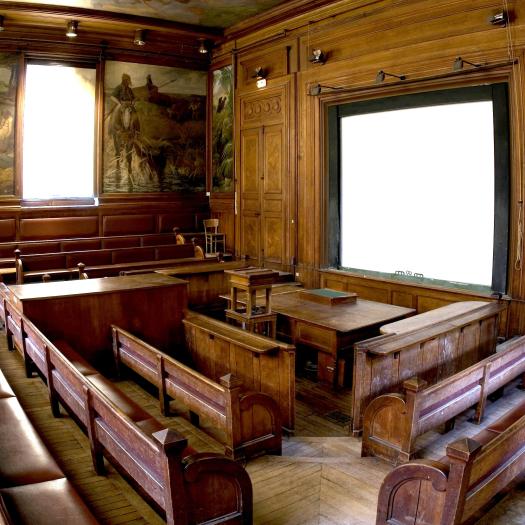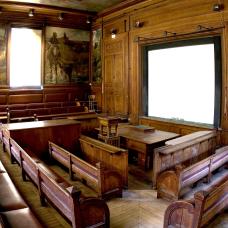PhD Defense - Martial Plasse


La soutenance de thèse de Martial Plasse aura lieu le mardi 26 novembre 2019 à 14h à l’amphithéâtre d’Anatomie comparée et de Paléontologie.
Thèse de doctorat sous la direction de Damien Germain et de Quentin Grimal
Composition du jury:
Abstract:
The lifestyle of extinct tetrapods is often difficult to assess when clear morphological adaptations, such as swimming paddles are absent. According to the hypothesis of bone functional adaptation, the architecture of trabecular bone adapts sensitively to physiological loadings. Previous studies have already shown a clear relation between trabecular architecture and locomotor behavior, mainly in mammals and birds. However, the link between trabecular architecture and lifestyle has rarely been examined. Here, trabecular architecture of different clades of reptiles has been correlated with a wide range of lifestyles (aquatic, amphibious, terrestrial). Humeri of squamates, turtles and crocodylians have been scanned with X-ray computed microtomography. The analysis of spherical volumes extracted from the proximal metaphyses of these humeri showed a significant phylogenetic signal for one of measured trabecular parameters. Linear discriminant analyses suggest a good separation of lifestyles in the morphological spaces. Furthermore, a new method allowed to estimate articular loadings for finite elements models from entire humeral heads of turtles. Biases related to fixations of these models and to their articular shapes has been identified. Different loadings has been calculated between the swimming and the walking of amphibious turtles. Finally, locomotions of two fossil turtles have been inferred. Thanks to these two methods, the trabecular architecture seems to be an effective tool to infer the lifestyle and the locomotion of extinct tetrapods, especially those involved in the terrestrialization and returns to aquatic environment.



